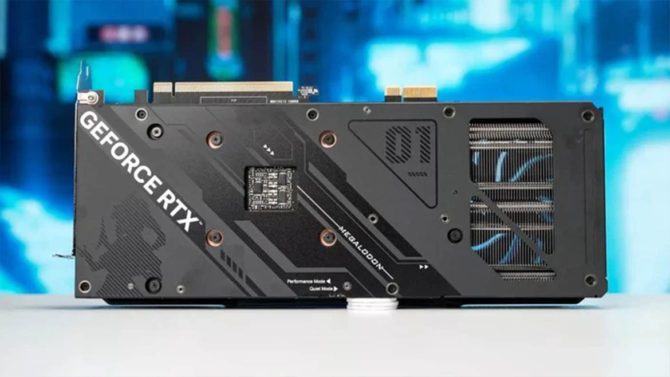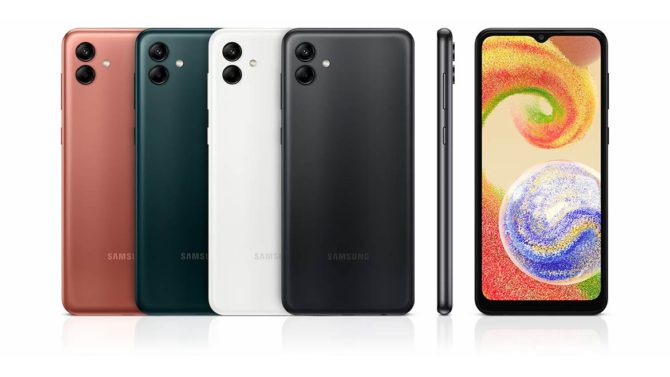Efficient Next-Gen GPUs: Powering Up Beyond 600W

Exploring the Potential of Next-Generation GPUs to Draw More Than 600W Directly From the Motherboard
Constructing PCs might seem straightforward, yet it comes with its set of challenges. Many enthusiasts would agree that one of the most time-consuming phases of building a PC occurs toward the end: connecting the power supply cables. Due to necessity, power connectors tend to be bulky and not very manageable. Not only can they be tricky to route, but also challenging to properly secure, which is crucial to avoid any issues like overheating cables.
Over time, various attempts have been made to address these problems, often involving relocating connectors to more accessible spots. But have you ever considered doing away with connectors altogether? This is precisely what ASUS has been diligently working on through its “GC-HPWR” connector, which was initially unveiled in May.
The basic idea involves replacing the act of plugging multiple unwieldy wire bundles into the graphics card with a different approach. Instead of that, you simply insert a secondary connector on the card into a small slot near the front of the motherboard. This connector, known as “GC-HPWR,” becomes the conduit for supplying power. ASUS has already developed functional prototype graphics cards and motherboards that implement this concept.
Further insights into this concept have recently emerged, courtesy of a source with the alias “188号,” better known as @momomo_us on Xwitter. This source shared several pages that seem to be part of a technical specification document for the GC-HPWR connector. At its core, the connector is divided into two main parts: one that facilitates communication between the graphics card and the motherboard, providing information about its status and power requirements, and another part responsible for delivering the actual power.
If you’re familiar with NVIDIA’s high-end graphics cards, you might find parallels with the 12VHPWR GPU connector. This connector incorporates twelve pins for power transmission and an additional four pins for communication with the power supply. In essence, the GC-HPWR connector is an adaptation of the 12VHPWR plug, designed to fit a standard HPCE form factor.
HPCE stands for “High Power Card Edge,” a design commonly used in servers and supercomputers to efficiently deliver significant power through a card edge connector. It’s important to clarify that HPCE refers to the design type, not the specific connector name.
It’s worth noting that you still need to connect a 12VHPWR connector to the motherboard. Even though this new connector eliminates the need for running bulky wire bundles to the outer edge of the graphics card, it doesn’t completely eliminate the need for cables. After all, the graphics card requires power. In the initial concept revealed in May, the motherboard featured additional power connectors at the back of the board—a practical choice for a clean build, though not necessarily ideal for a standard computer case.
Apparently, ASUS plans to offer a limited supply of graphics cards and motherboards featuring this configuration, likely as a bundle. However, there’s no information available yet regarding pricing or release dates for these products. Likewise, no other manufacturers have mentioned similar setups. What are your thoughts on the GC-HPWR connector? Would you consider using it, or do you prefer sticking with the familiar 8-pin power connectors? Feel free to share your opinions in the comments section below.
Stay Updated about the latest technological developments and reviews by following TechTalk, and connect with us on Twitter, Facebook, Google News, and Instagram. For our newest video content, subscribe to our YouTube channel.





